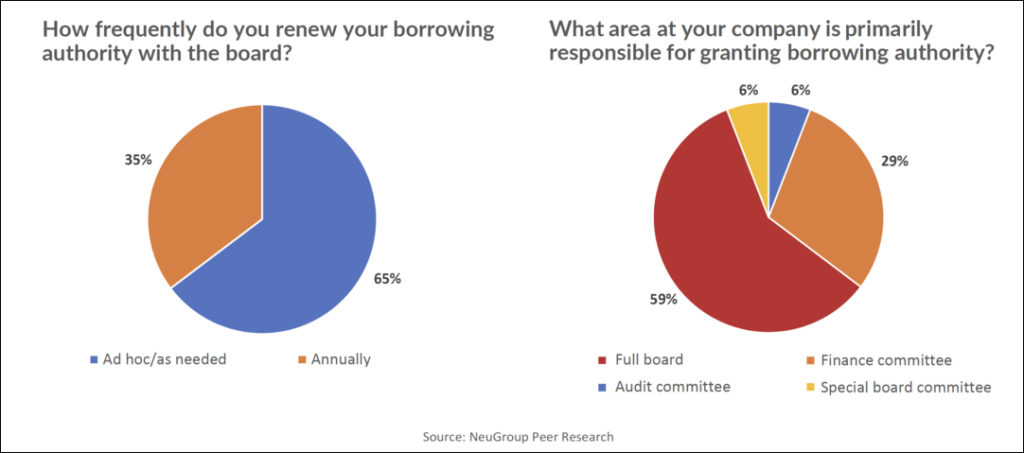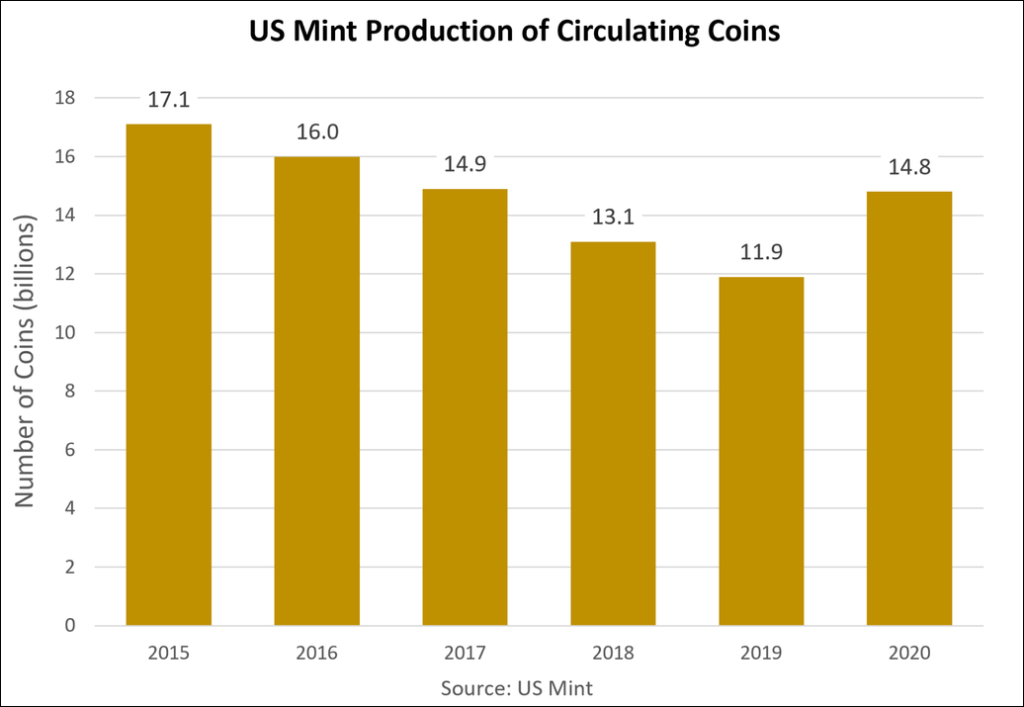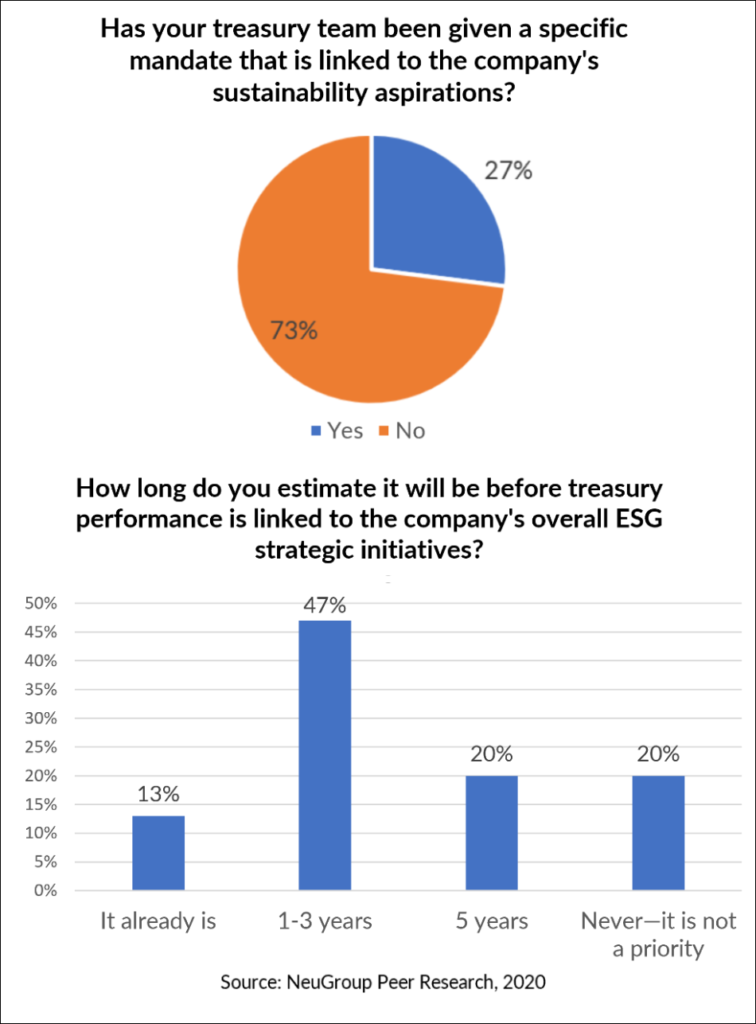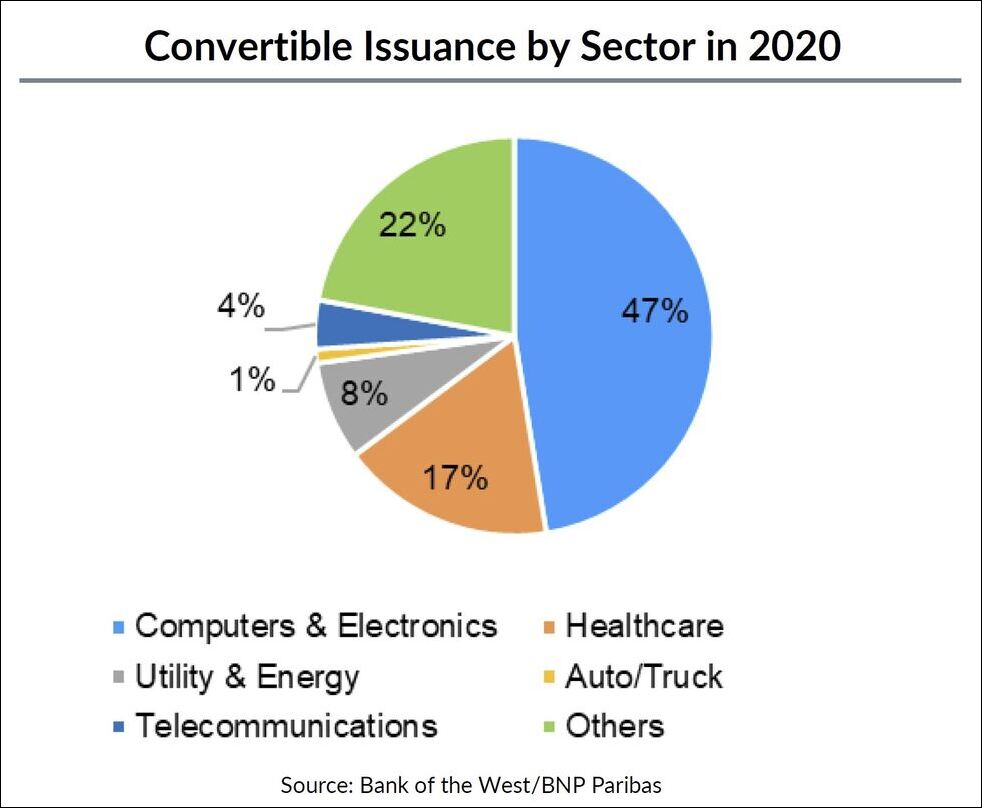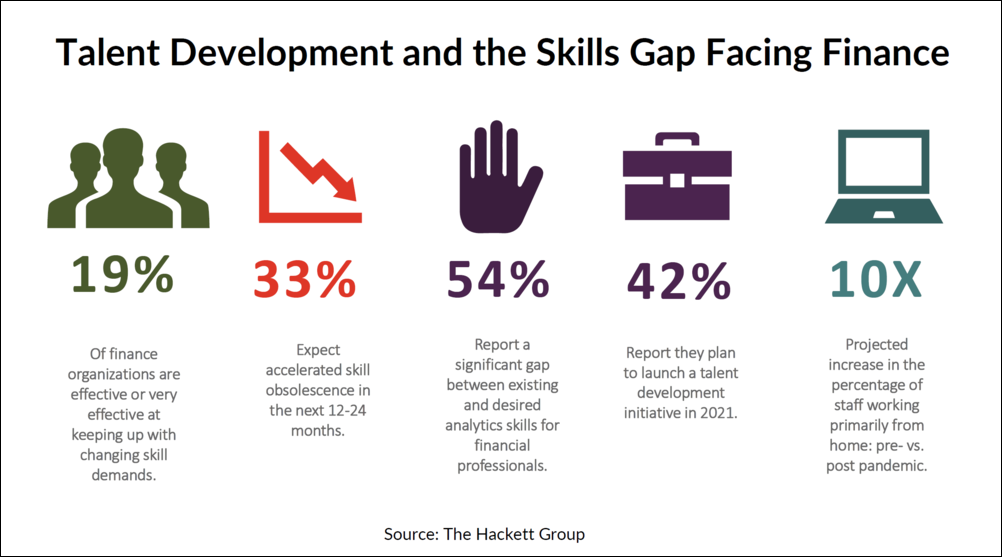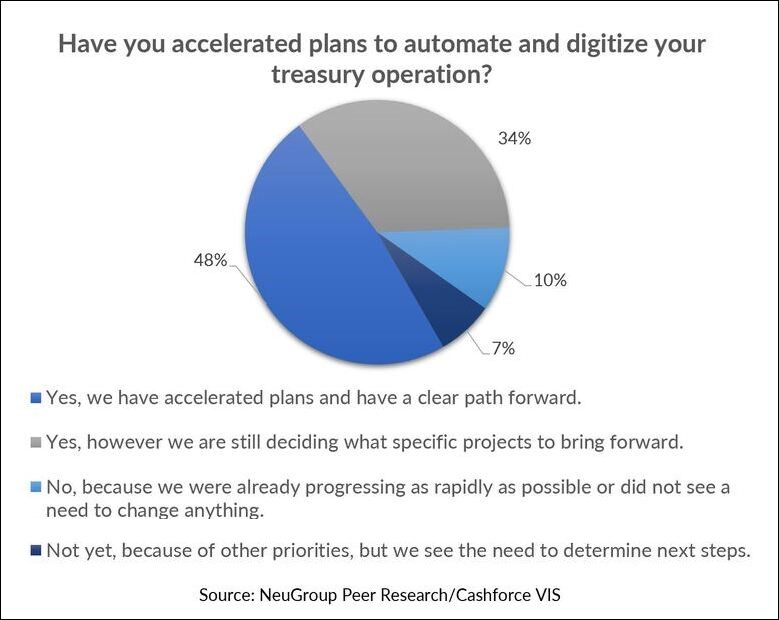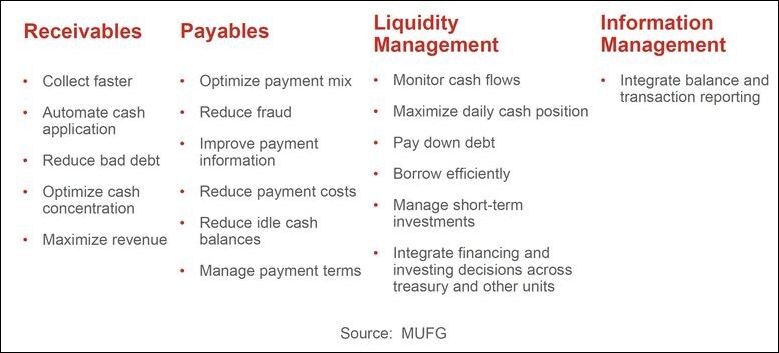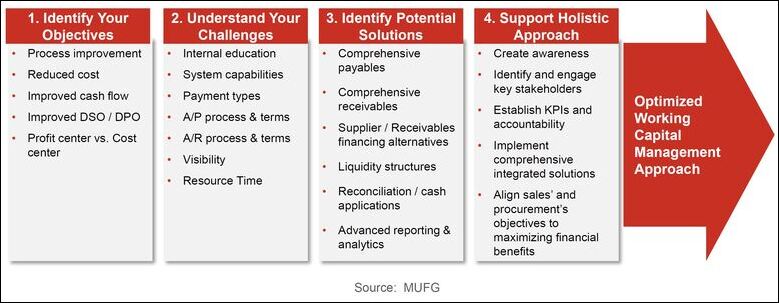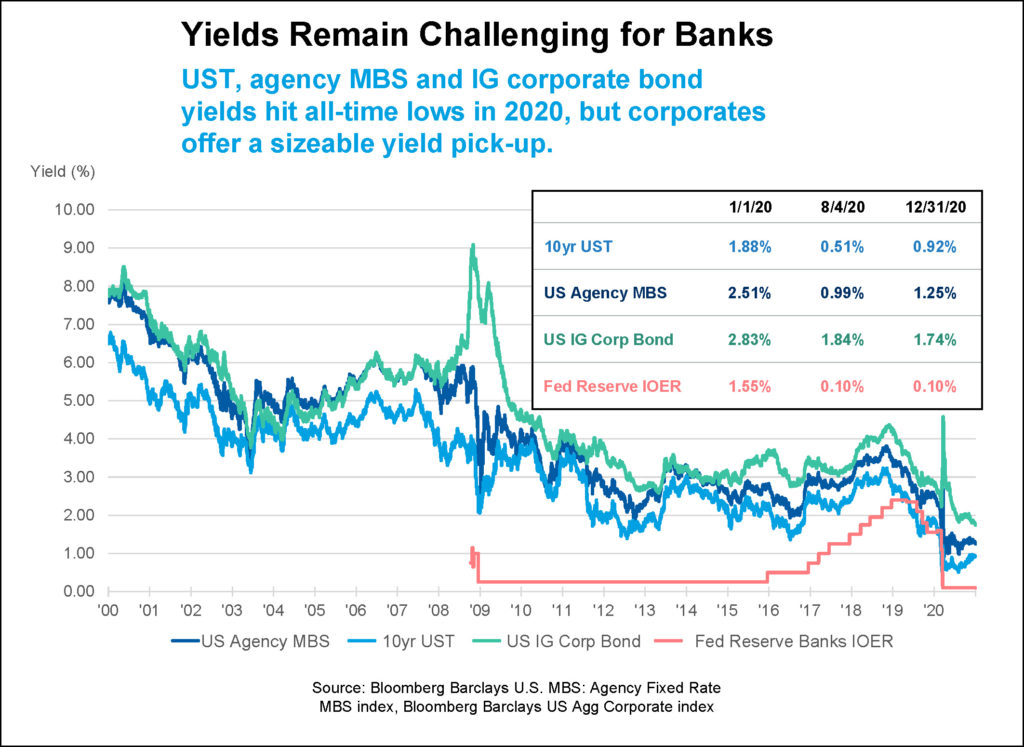
How a newly hired treasurer revamped her company’s capital structure, banking group and her team.
Soon after arriving at a fast-growing midsized multinational company, a newly-hired treasurer with extensive experience in loan restructurings and amendments launched a loan compliance cleanup. That was the first step on the path to establishing best practices at a company that had never had a treasurer with experience in treasury.
- The treasurer described what she did and her thinking at a recent meeting of NeuGroup’s Treasurers’ Group of Thirty and in a follow-up interview.
- While each company’s situation is different, this member’s experience provides insights for peers committed to implementing new treasury practices, policies and procedures that meet an expanding business’s rapidly changing needs and help set it on a course for more growth.
How a newly hired treasurer revamped her company’s capital structure, banking group and her team.
Soon after arriving at a fast-growing midsized multinational company, a newly-hired treasurer with extensive experience in loan restructurings and amendments launched a loan compliance cleanup. That was the first step on the path to establishing best practices at a company that had never had a treasurer with experience in treasury.
- The treasurer described what she did and her thinking at a recent meeting of NeuGroup’s Treasurers’ Group of Thirty and in a follow-up interview.
- While each company’s situation is different, this member’s experience provides insights for peers committed to implementing new treasury practices, policies and procedures that meet an expanding business’s rapidly changing needs and help set it on a course for more growth.
Triage, fixes, goals. The treasurer’s knowledge of loan covenants, operational limitations in credit agreements, technical defaults and compliance certificates allowed her to quickly conclude that the loan compliance situation needed immediate attention. “I saw there were some things that we needed to fix,” she said. The good news: “There was an understanding at the company that this was an area that needed an upgrade and a fresh set of eyes,” she said.
- Following a relatively “easy negotiation” with banks over cleaning up the credit agreement, the treasurer set about stress test modeling on the company’s credit facility and reviewing existing covenants.
- She then seized the moment to initiate significant changes as she engaged with senior management and the board to focus their attention on the strategic importance of capital structure.
- Before embarking on projects of this scale, “You have to be mindful of the time frame to achieve your goals,” the treasurer advises. Ask yourself, “What can you realistically accomplish within the first 12 to 24 months to get some quick wins?
- “And thinking to the future, what is it you need over the next couple years to really expand what you’re doing? When you go into these new situations and you’re in a rebuilding mode, you’ve got to show some accomplishments.”
New terms, new flexibility. Her goals set, the treasurer realized “we needed to have more flexibility within our capital structure given the size of the company and the fact that we were much more global than we had been several years prior. And I knew that we needed to work with more than just two banks.
- “It was all about crafting a credit agreement that would work with not only where the company was, but where it’s going,” she said. “The company had very good financial performance so it was really the right time to lay out what it is we needed, what were the exact terms that we were looking for.”
- The revamped capital structure now features a five-year credit facility and a seven-year term loan. “It was really structuring this so we could have a good runway for the next couple of years.”
- As a result, “Our pricing went down and our flexibility went up because I took it out to four or five different banks who came back and presented term sheets to us. We also bid out the international banking business at the same time.” The company used its newfound flexibility relatively soon, she said, declining to elaborate.
The people part. The member also put her stamp on the treasury team. “The positions needed to be reworked, the personnel needed to be switched out, essentially,” the treasurer said. Among her moves:
- The elimination of an assistant treasurer position, in part because of overlapping capabilities with the treasurer.
- An “opportunistic hire” of a senior manager of treasury with international experience at a large tech company looking for broader treasury experience.
- The creation of a cash manager position staffed by someone in the company’s accounts receivable area who had treasury experience.
- “What worked out well for me is I was able to use a combination of internal and external people. I didn’t go 100% external, and that was important, at least within our organization,” the treasurer said.
In focus now. Having laid a solid foundation for treasury, the member has her team focused on investment policy, cash forecasting and position, assessing foreign exchange risk and other areas requiring “some more refinement,” she said.
- After tackling big areas like capital structure and bank groups, treasurers have to meet the challenge of showing senior management the value of addressing other areas that may seem less exciting or important.
- The engagement this requires is made more difficult by the pandemic, working from home and the absence of “informal communication,” the member noted.
Needed: support, hard work. Not surprisingly, the feasibility of entering a new company and revamping the capital structure and the banking group and making other major changes requires the support of senior management.
- “You’ve got to have the support from your manager to really go in and assess what is existing, what are the positions, what is the structure, what do you need immediately to accomplish your goals,” the treasurer said.
- Don’t underestimate the amount of work involved in pushing a company to shift gears and adopt best practices. And then make the most of the opportunity.
- The treasurer told herself, “You don’t get to do this a lot. It’s kind of an unusual experience and even though it’s a lot of work I’m going to take advantage of it.”
- Sure enough, “It was a lot of work, it took a lot of energy,” she said. “But I think it has paid a lot of dividends for the company.”


